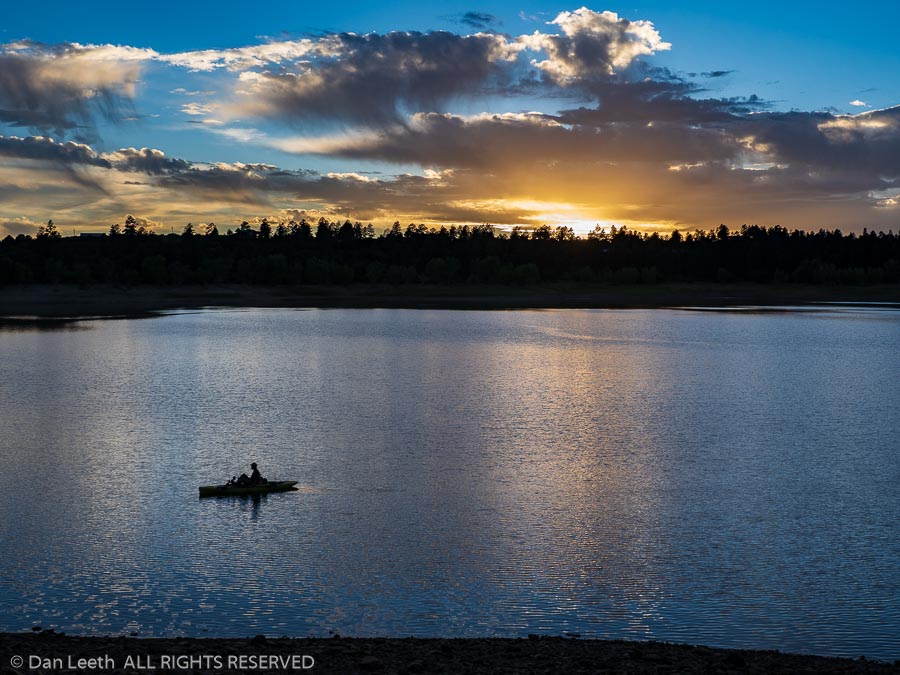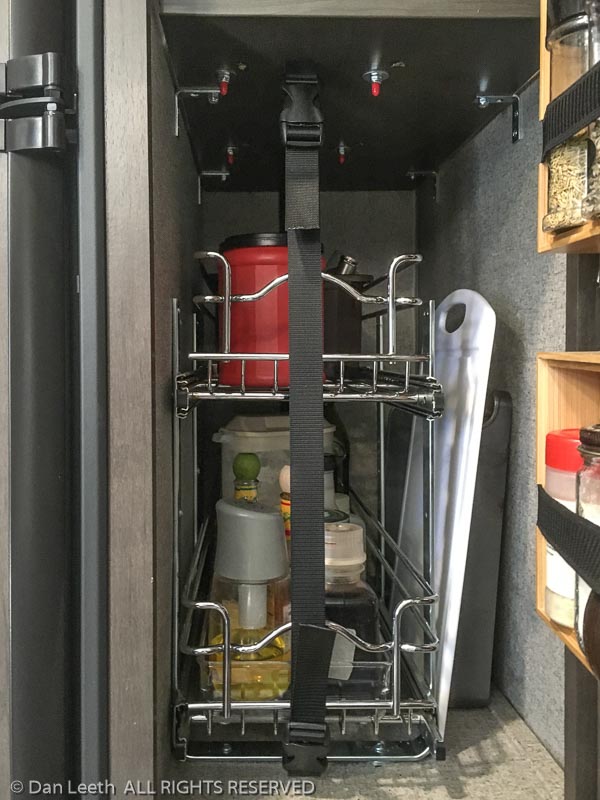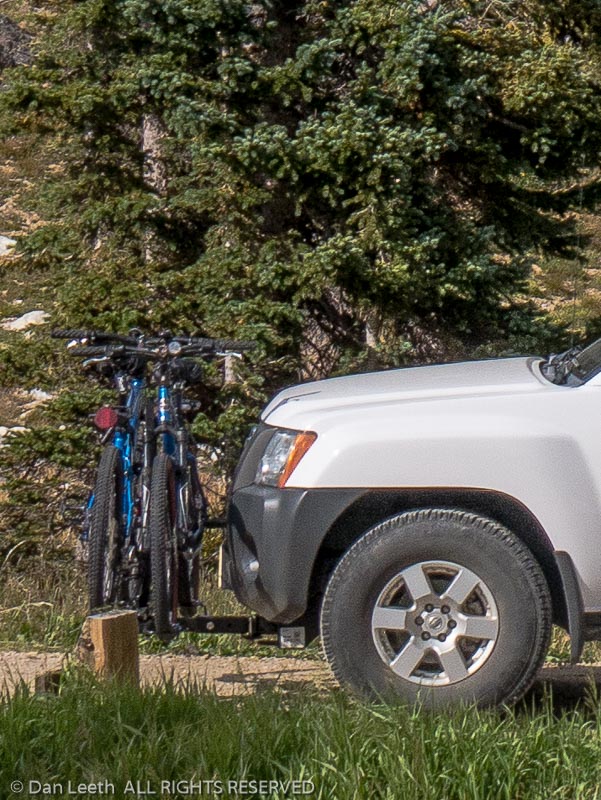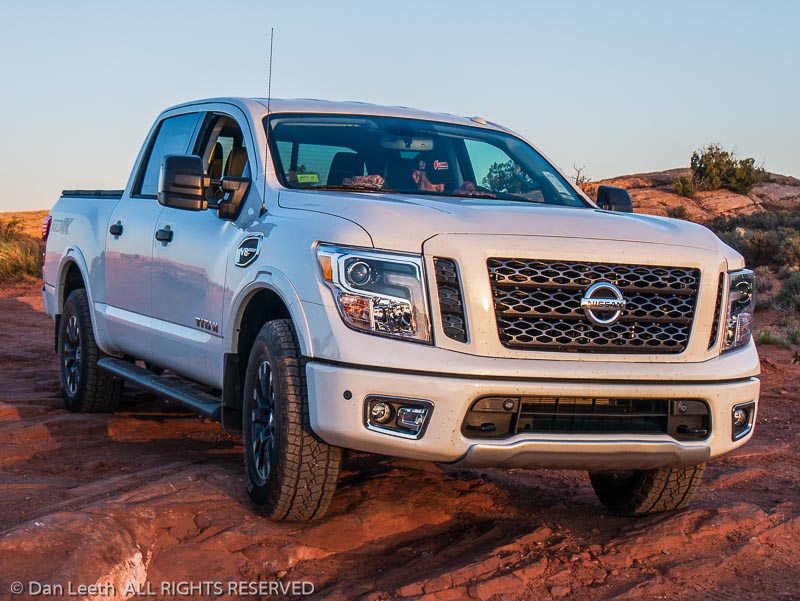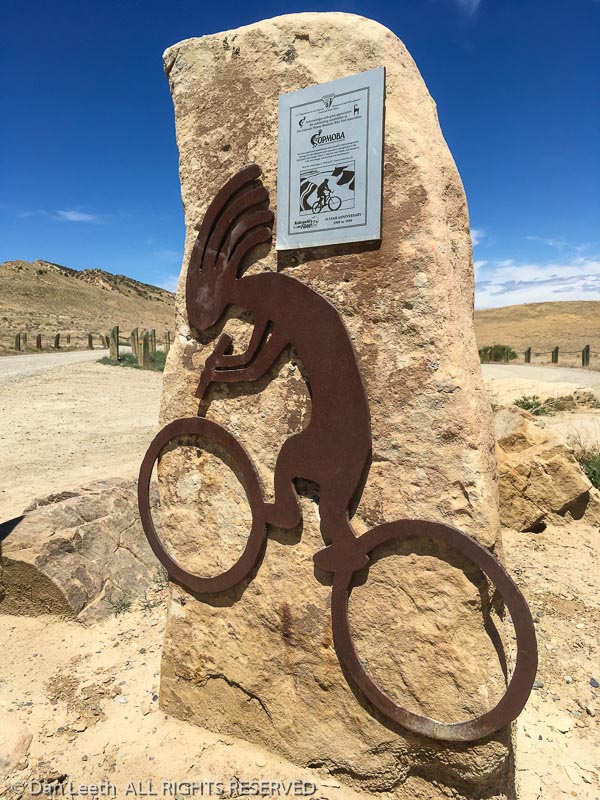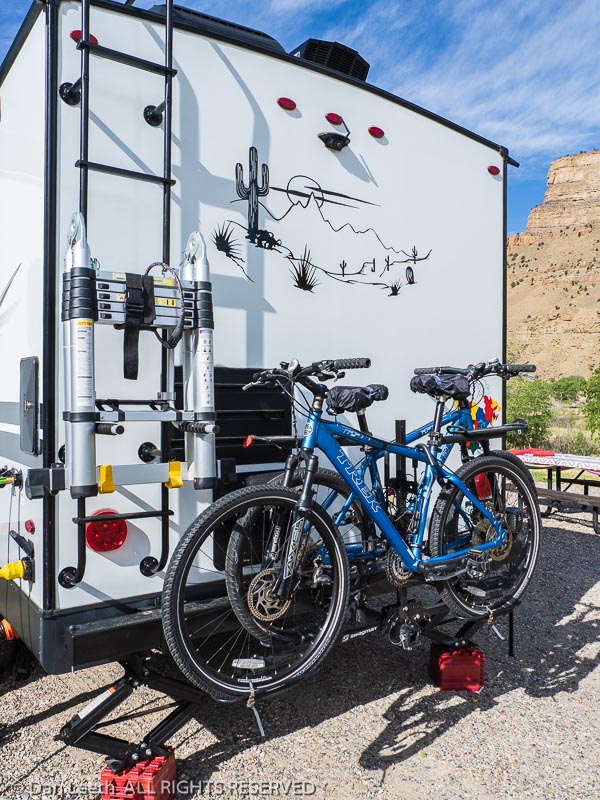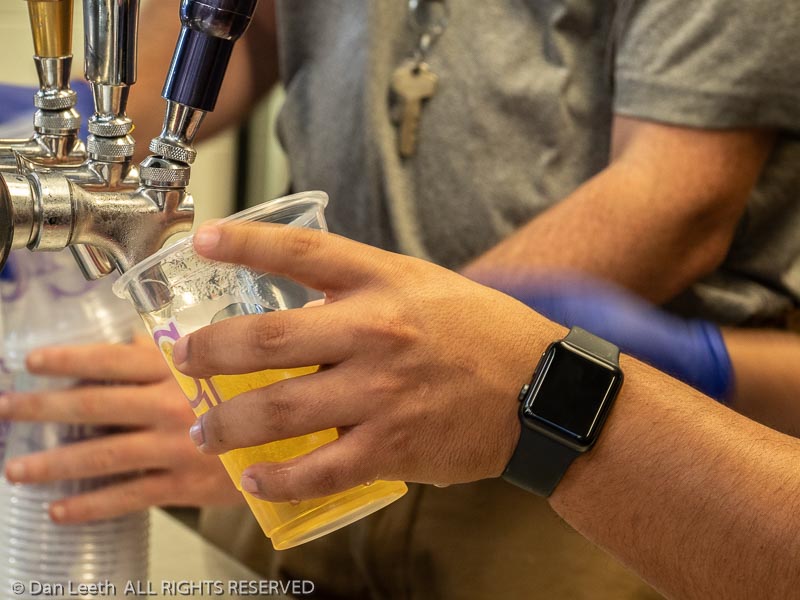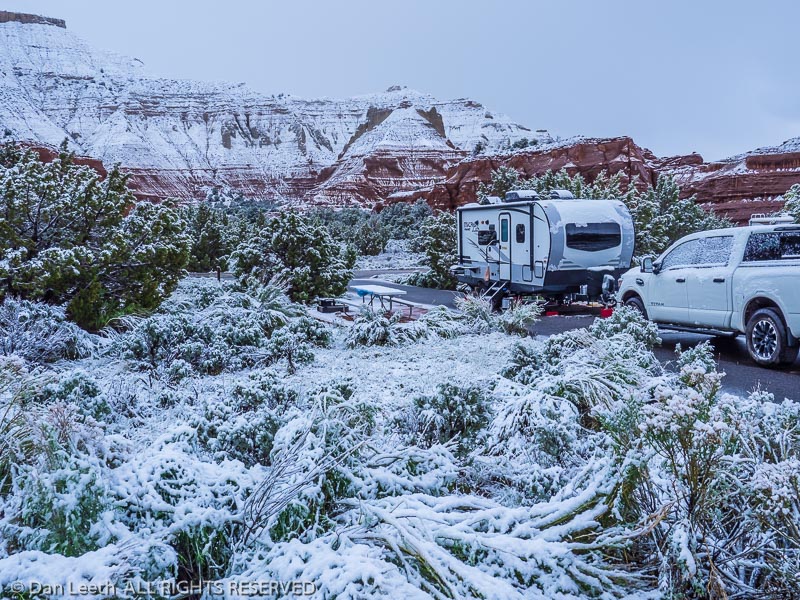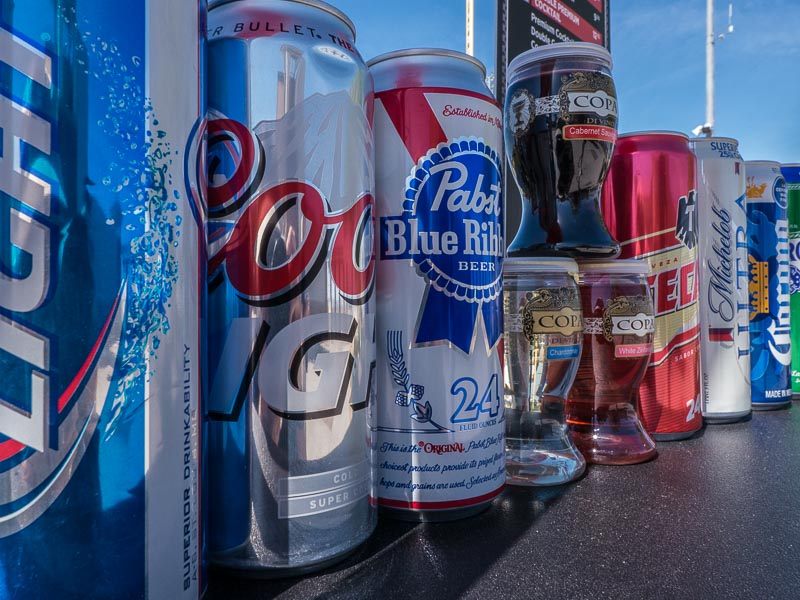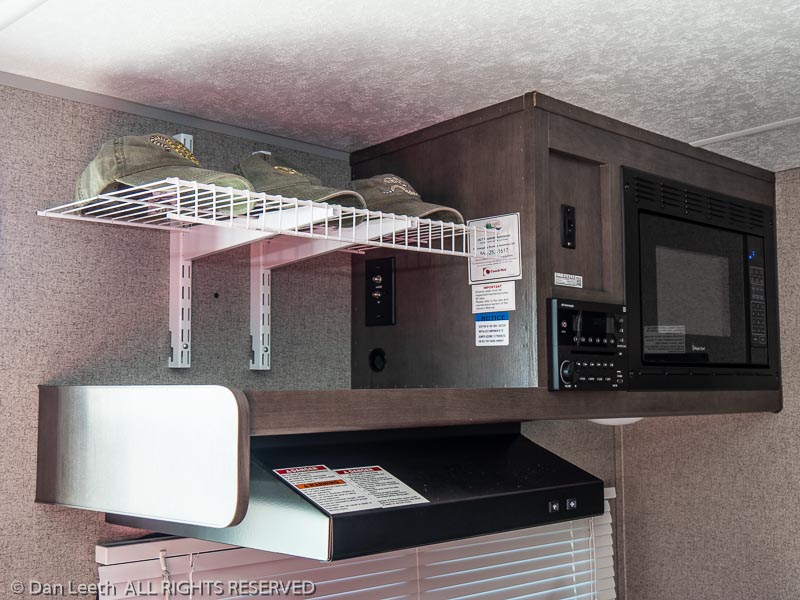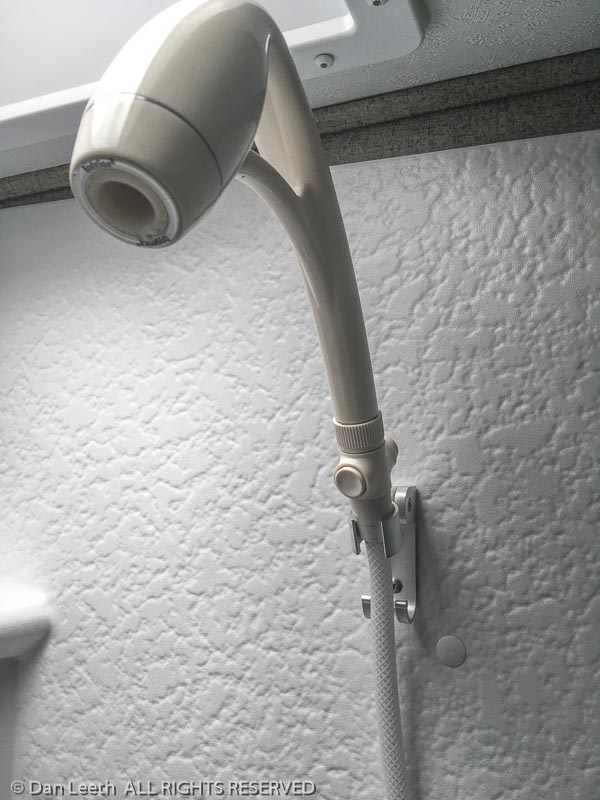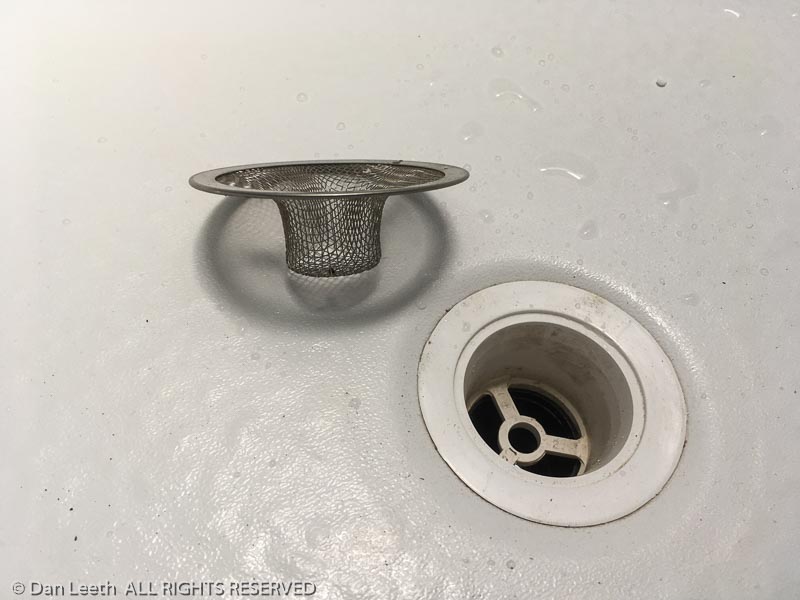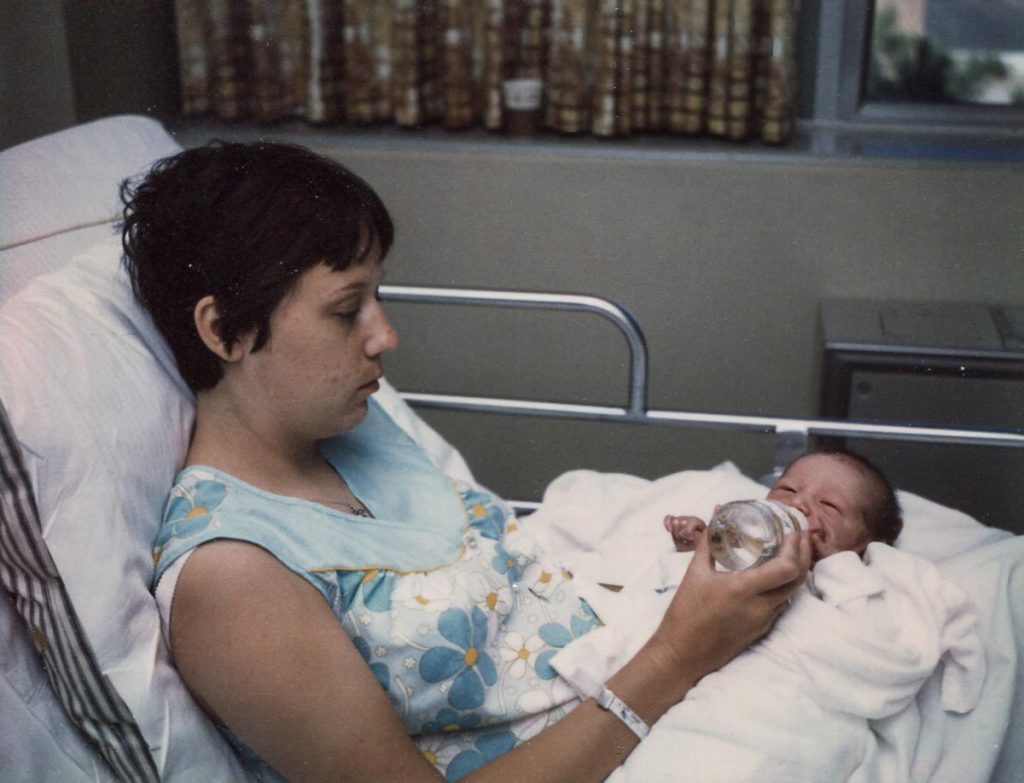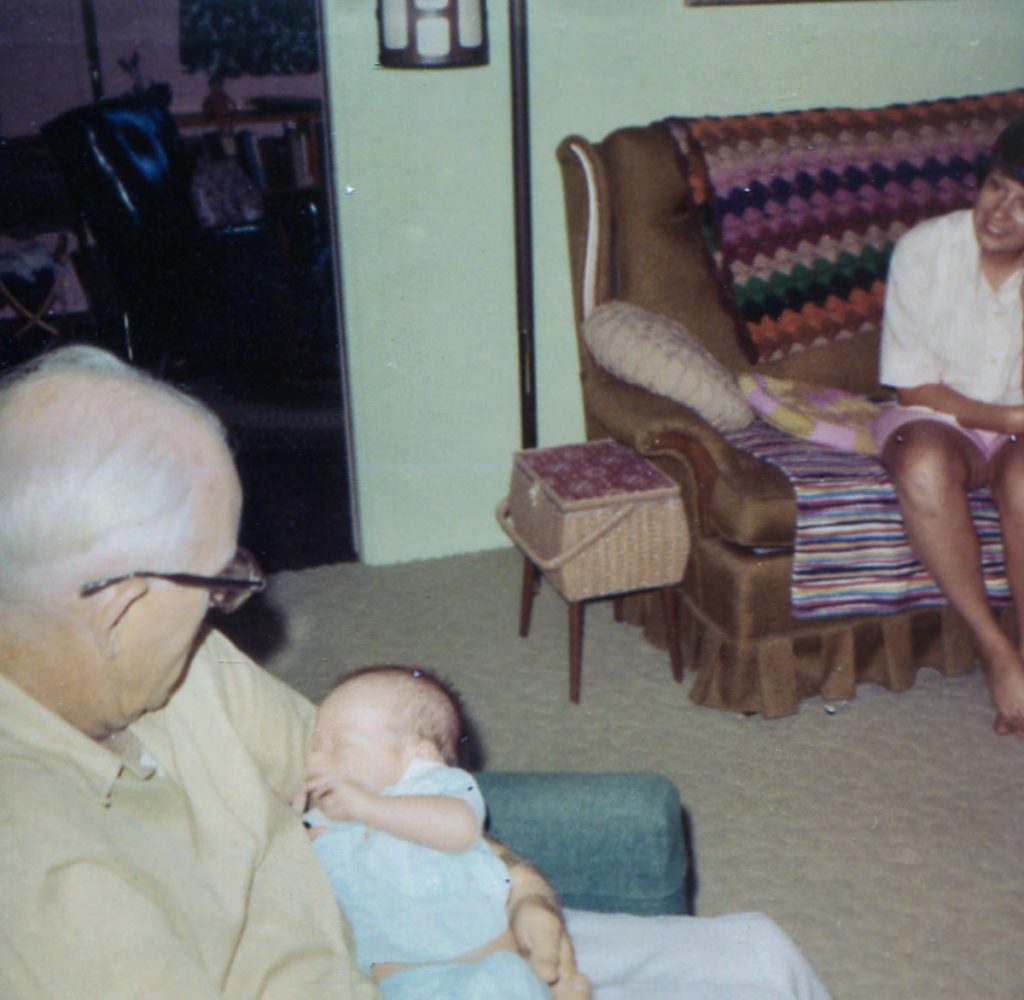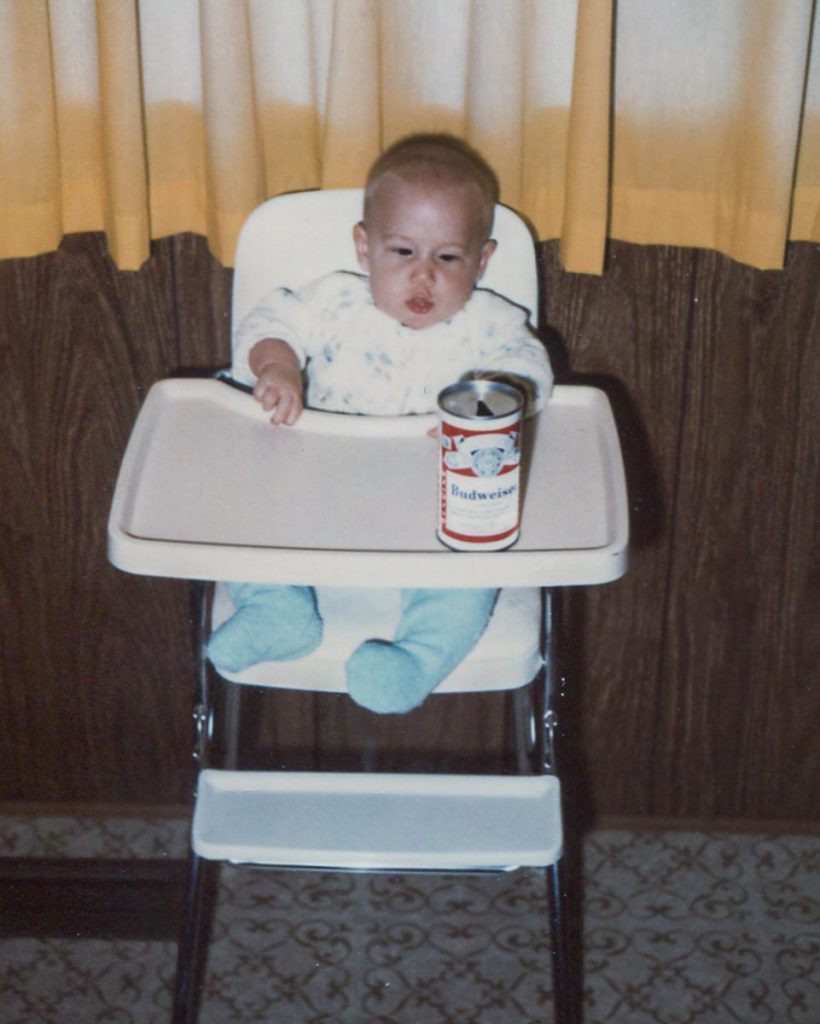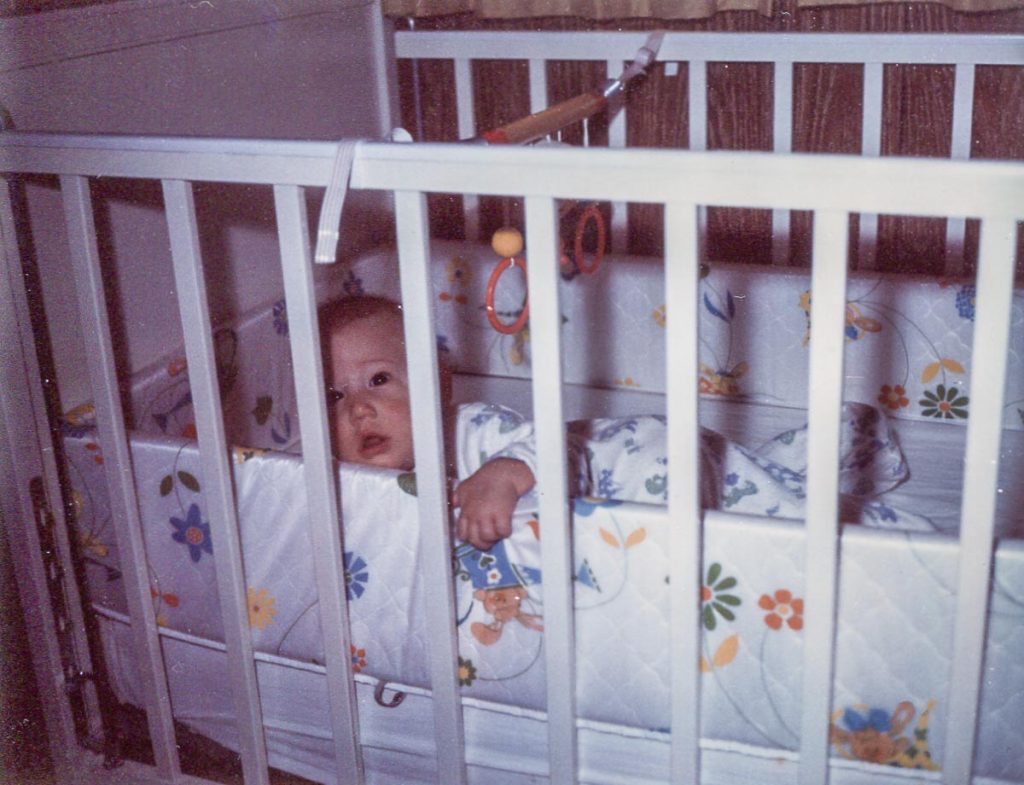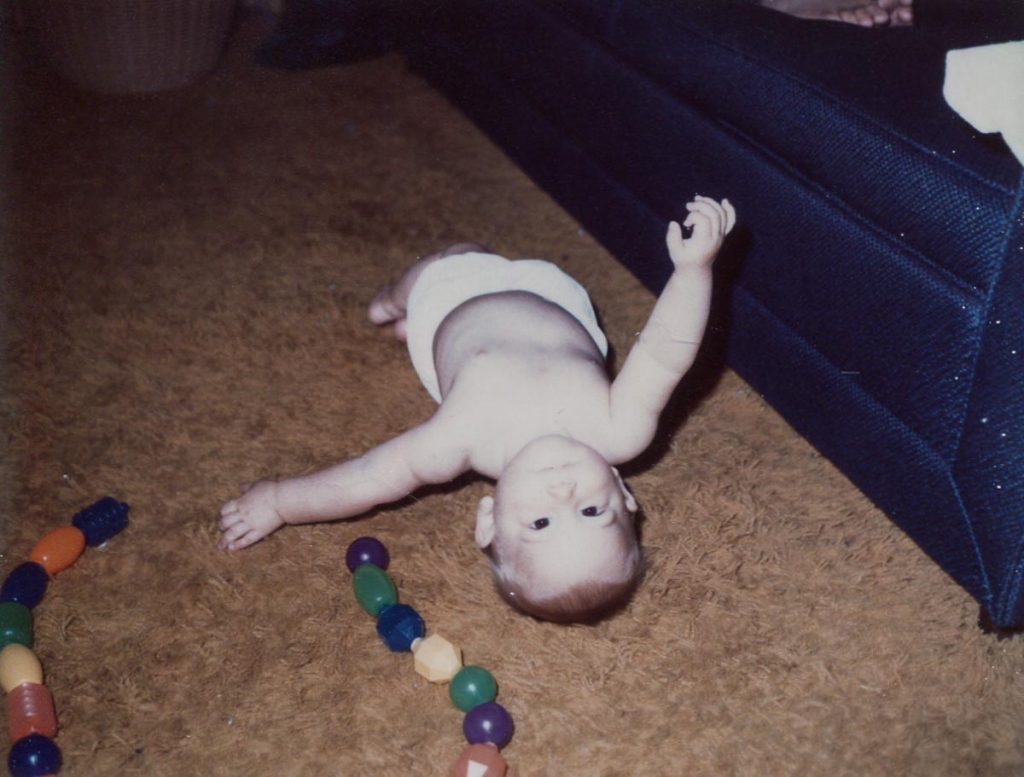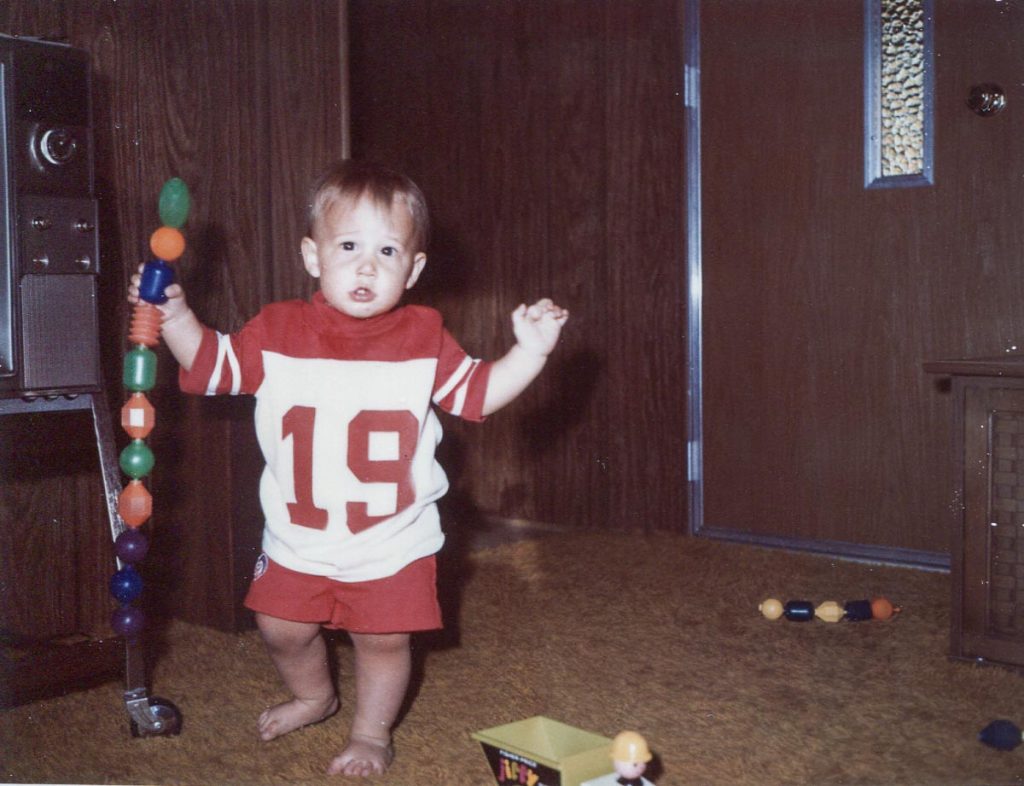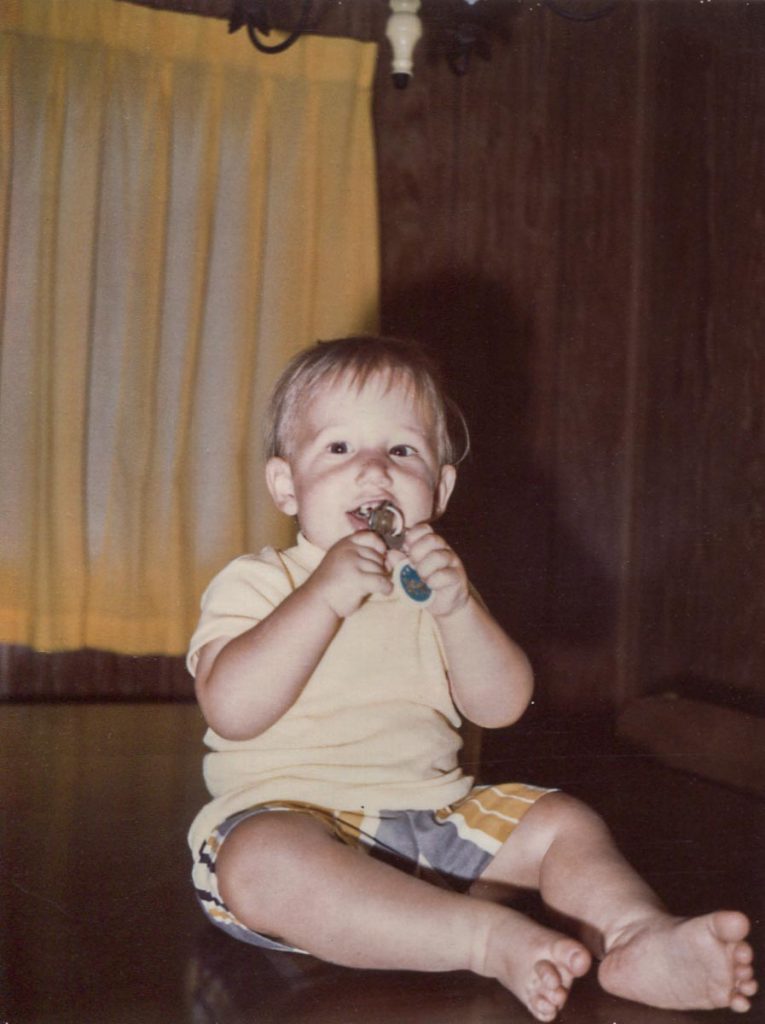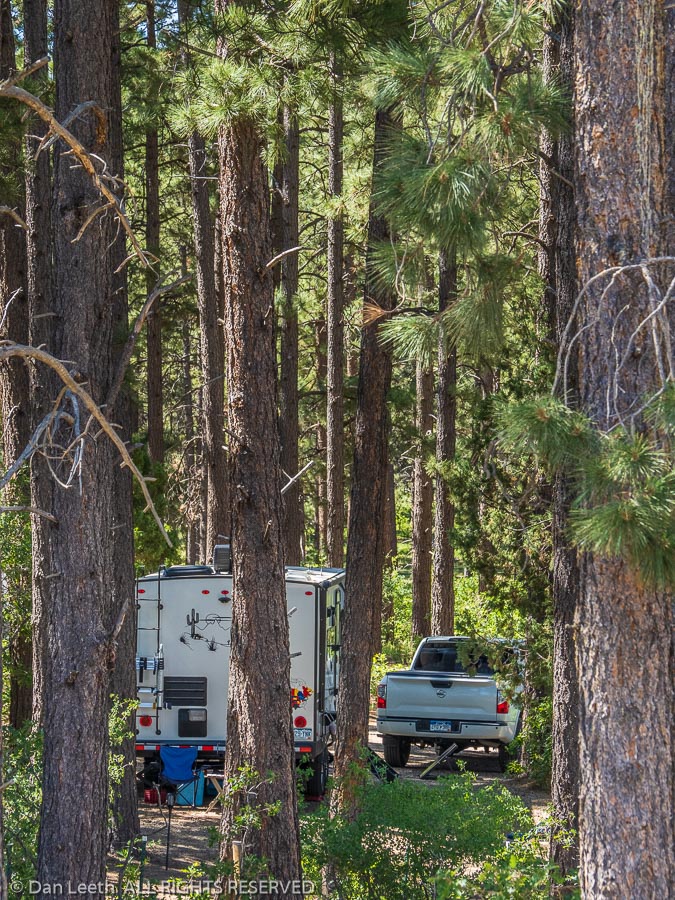
I love camping in the woods. Unfortunately, bunking amongst the trees creates a little problem when trying to recharge the trailer batteries with solar. It seems the sun keeps moving.
[Note to my seventh-grade science teacher: Yes, I know it’s the earth that moves, not the sun. But from the perspective of our campsite, it’s the sun that’s arcing overhead. My X-chocked trailer hasn’t budged an inch.]
We’re spending two weeks in a state park campground without hookups. Normally, keeping the trailer batteries charged with solar is easy. Find a clear spot with a southern exposure. Put one solar panel facing the 10:00 a.m. sun, another at the noon position and the third facing the 2:00 p.m. sun. The batteries, which can be down 20+ amp-hours in the morning, will be fully charged well before happy hour.
That doesn’t work in the woods. I place the panels in a spot where fresh sunlight bathes the ground. Faster than cops racing to a doughnut truck accident, the sun moves, and shade soon smothers my solar output.
There are two solutions to our predicament. We could just fire up the generator to recharge the batteries. But in the week we’ve been camped here, I’ve not heard any of our fellow campers running a generator. I don’t want to be the first.
The other solution is to go out every second day with a pot of fresh coffee and a good book. We just sit back, relax and move the panels as the sun migrates across the sky. After lunch, we merely substitute a different sort of brew and continue the charging task.

